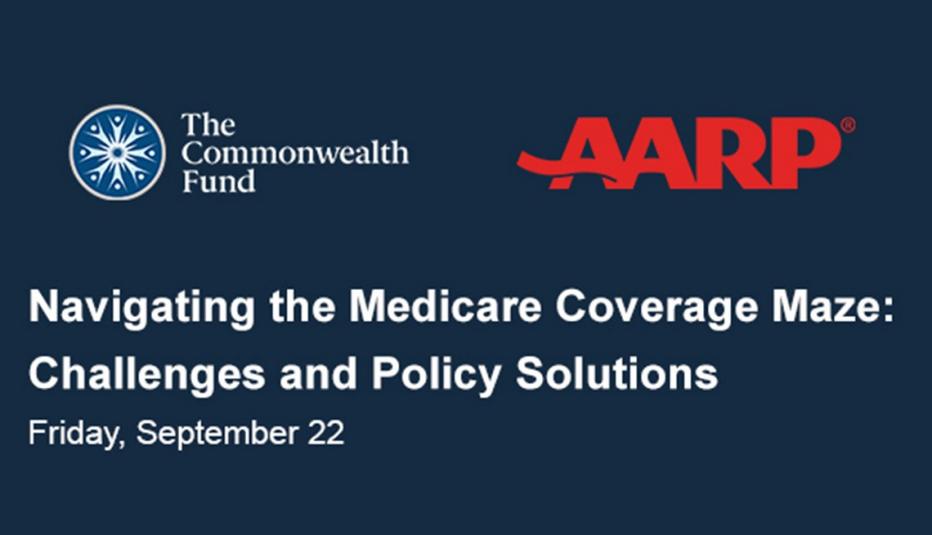AARP Hearing Center
Older adult residents of the District of Columbia (D.C.) living east and west of the Anacostia River face stark disparities in health status, health care access and quality, and health infrastructure, according to the AARP District of Columbia Health Disparities Survey.


Key Findings
- For example, residents east of the river are about twice as likely as older residents west of the river to report having fair or poor health and four times as likely to face barriers to accessing health care services.
- Overall, 47% of D.C. residents 40-plus report living with heart disease (high cholesterol, high blood pressure, cardiovascular disease, heart failure, etc.). However, residents east of the river are significantly more likely than those west of the river to report living with heart disease (56% vs. 43%), along with respiratory conditions such as asthma and bronchitis (26% vs. 20%).
Methodology
This report is based on data from the 2023 AARP District of Columbia Health Disparities Survey, which was an online survey of 494 residents 40-plus in the District of Columbia. Almost a third (31%) of the respondents were residents east of the Anacostia River (n=152), while the rest (69%) were residents west of the river (n=352). The survey was fielded October 19, 2022–May 30, 2023 on Dynata Insights Platform using a convenience sample. The sample was recruited by AARP D.C. State Office. The study’s small sample size does not guarantee that the results are representative of U.S. adults or D.C. residents. The data are not weighted.
For more information, please contact Aisha Bonner Cozad, Senior Research Advisor, at ABonner@aarp.org and Fanni Farago, PhD Research Intern, at ffarago@aarp.org. For media inquiries, please contact External Relations at media@aarp.org.



































































